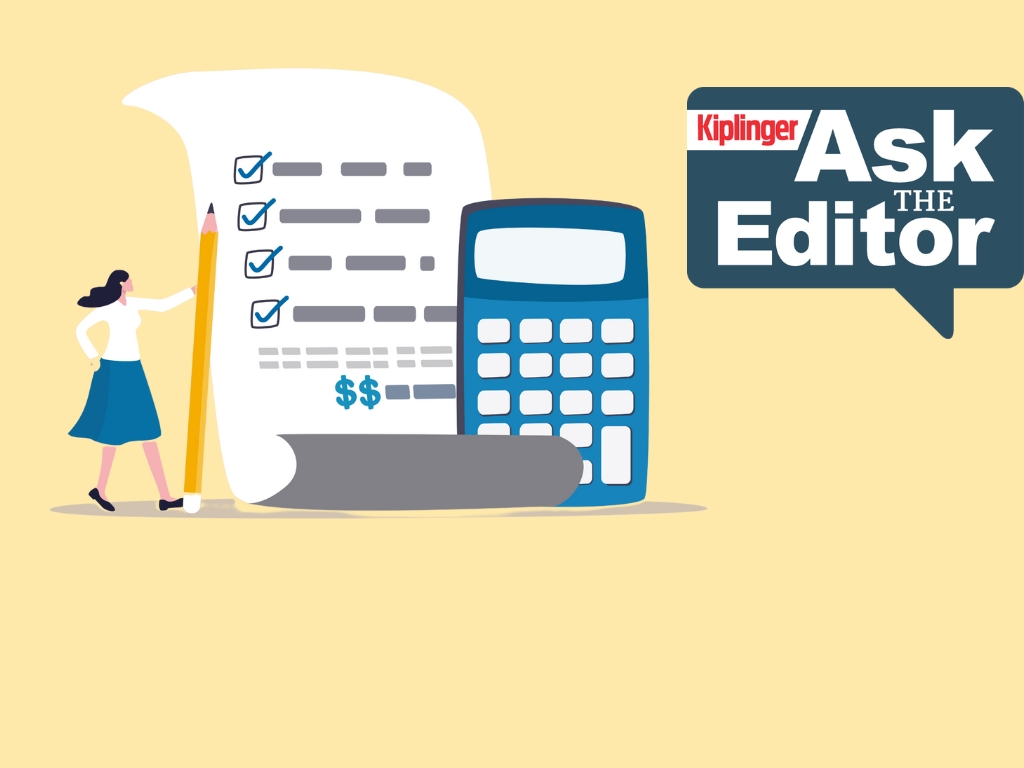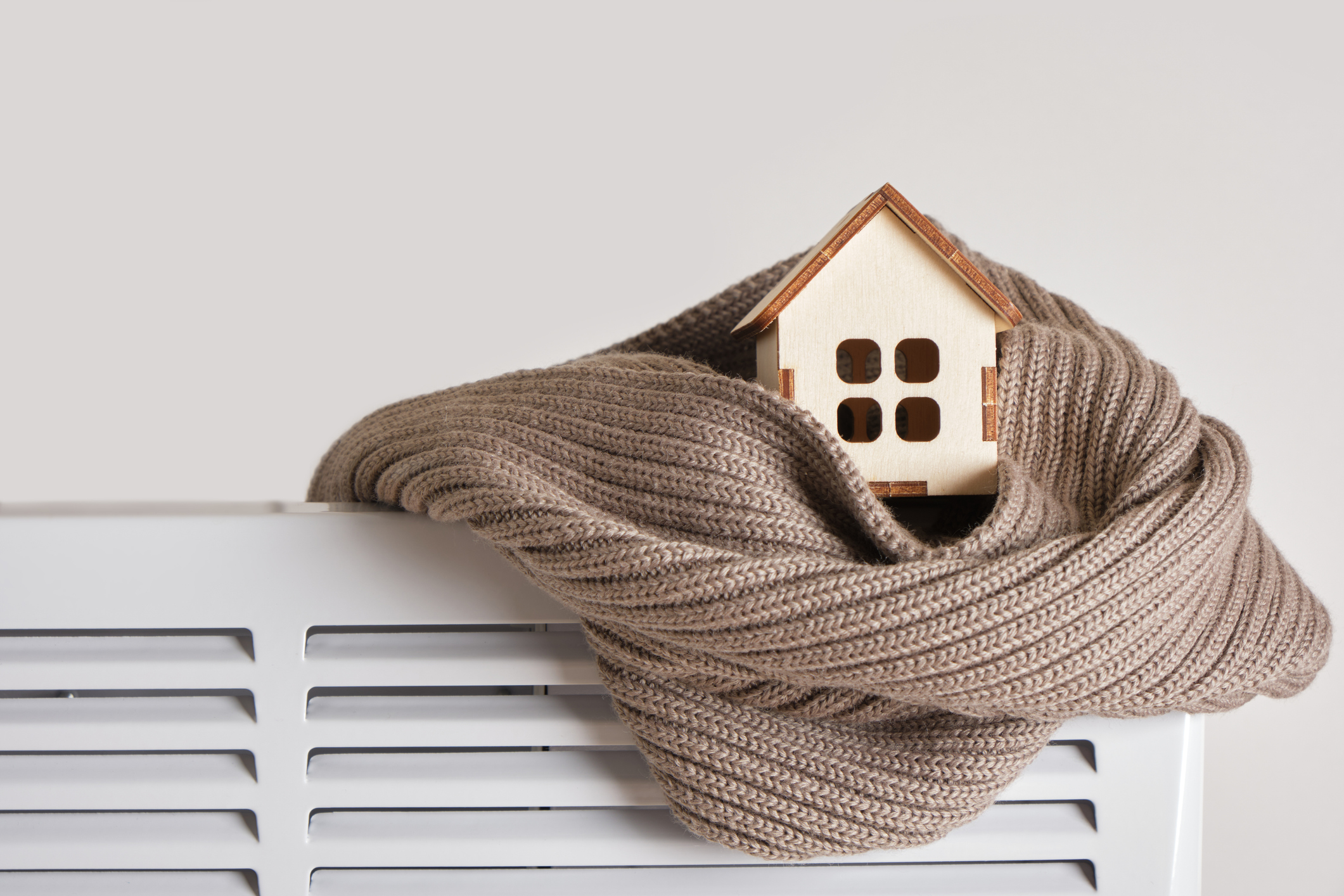Ask the Editor, June 13: Questions on Home Sales and Taxes
In our latest Ask the Editor round-up, Joy Taylor, The Kiplinger Tax Letter Editor, answers questions on home sales and calculating tax basis in a home.

Each week, in our Ask the Editor series, Joy Taylor, The Kiplinger Tax Letter Editor, answers questions on topics submitted by readers. This week, she’s looking at questions on home sales and calculating tax basis in a home. (Get a free issue of The Kiplinger Tax Letter or subscribe.)
1. Selling a Home Early Because of Job Change
Question: I am married, and I bought my home 14 months ago. My company is relocating, and I must move out of state for work. I plan to sell the home next month. Can I exclude any gain from the home sale?
Joy Taylor: Generally, if you have owned and lived in your main home for at least two out of the five years before the sale date, up to $250,000 ($500,000 for joint filers) of your gain when you sell the home is tax-free, and you would pay capital gains tax on the excess gain. In your case, you don’t meet the two-out-of-five-year ownership and use periods. However, you are not out of luck. Some people who sell a home early may still be eligible for a portion of the exclusion, depending on the circumstances. For example, early sales due to job changes, illness, or unforeseen circumstances qualify for the partial exclusion. The percentage of the $250,000 or $500,000 gain exclusion that can be taken is equal to the portion of the two-year period that you used the home as a residence. You can use days or months for this calculation.
For example, say you bought your home for $740,000 in April 2024, and you sell it for $790,000 in July 2025 because of your out-of-state job move. The maximum gain exclusion in this instance is $312,500 ($500,000 x (15/24)). So, your $50,000 gain would be fully excluded from income and be tax-free.
2. Unforeseen Circumstances
Question: Does COVID qualify as an unforeseen circumstance for purposes of the home sale exclusion?
Joy Taylor: I am not entirely certain what you mean here. For example, are you referring to a homeowner who was sick and in the hospital, or are you referring to someone who decided to temporarily relocate during the pandemic? The tax code doesn’t define an unforeseen circumstance for purposes of the home sale exclusion, but the underlying regulations provide more detail. You can find the applicable regulation section here. Note that the regulations set forth safe harbors and factors to consider. But just because a scenario isn’t listed as a safe harbor doesn’t mean that it would not otherwise qualify as an unforeseen circumstance. The IRS has issued private letter rulings in various scenarios over the years, but I don’t see one related to COVID. At the end of the day, this is a facts-and-circumstances analysis and a judgment call.
From just $107.88 $24.99 for Kiplinger Personal Finance
Become a smarter, better informed investor. Subscribe from just $107.88 $24.99, plus get up to 4 Special Issues

Sign up for Kiplinger’s Free Newsletters
Profit and prosper with the best of expert advice on investing, taxes, retirement, personal finance and more - straight to your e-mail.
Profit and prosper with the best of expert advice - straight to your e-mail.
3. Calculating Tax Basis in a Home
Question: I am thinking of selling my main home that I have owned for many years. I know I will have a large gain that exceeds the home sale exclusion, so calculating my home’s tax basis is very important to me. Can you tell me how to figure my tax basis in my home?
Joy Taylor: To figure the tax basis in your home, you would start with the original cost (including the mortgage if you financed the purchase), add certain settlement fees and closing costs, and add the cost of any additions and improvements that add to the value of your home, prolong its useful life or adapt it to new uses.
IRS Publication 523 has some examples of improvements that increase your tax basis in the home and those that don’t. Examples of big-ticket items that increase basis include adding a room, installing new air-conditioning, renovating a kitchen, finishing a basement, or putting in new landscaping or a pool. Smaller-ticket capital improvements can also increase basis. These include new doors and windows, duct and furnace work, built-in appliances and water heaters. Repairs, maintenance and improvements that are necessary to keep your residence in good condition but don’t add value or prolong its life generally don’t hike the basis.
Note that if you used a room or other space in your home exclusively or regularly for business, or if you rented out your home in the past, you must reduce the tax basis in your home by any depreciation deductions you were eligible for.
Homeowners who keep good records will find it easier to calculate tax basis. It’s best to keep all your home improvement receipts and invoices in one folder. If you didn’t keep these records, you can try to estimate the costs by looking at old bank or credit card statements, or call the company that originally did the remodeling or put in the upgrade.
4. More on Calculating Tax Basis
Can the cost of the following items be added into my home’s tax basis?
- Replacing windows with better ones or installing energy-efficient windows or skylights
Joy Taylor - Yes ✅ - Replacing the driveway two times over 35 years
JT - Yes ✅ - Replacing my water heater, furnaces and air conditioning systems with better ones
JT - Yes ✅ - Removing trees that could come crashing down on my home
JT - Probably - Planting perennials, shrubs and fruit trees on my property
JT - Probably - Installing a more modern sprinkler system
JT - Yes ✅ - Paying a lawn service to come out each year to maintain my lawn/shrubs
JT - No ❌ - Replacing carpets
JT - Yes ✅ (if wall-to-wall carpeting) - Periodic painting of the home to protect the life of the wood underneath
JT - No ❌ - Replacing cedar siding
JT - Yes ✅
About Ask the Editor, Tax Edition
Subscribers of The Kiplinger Tax Letter and The Kiplinger Letter can ask Joy questions about tax topics. You'll find full details of how to submit questions in The Kiplinger Tax Letter and The Kiplinger Letter. (Subscribe to The Kiplinger Tax Letter or The Kiplinger Letter.)
We have already received many questions from readers on topics related to IRA contributions, modified adjusted gross income, qualified charitable distributions and more. We’ll answer some of these in a future Ask the Editor round-up. So keep those questions coming!
Not all questions submitted will be published, and some may be condensed and/or combined with other similar questions and answers, as required editorially. The answers provided by our editors and experts, in this Q&A series, are for general informational purposes only. While we take reasonable precautions to ensure we provide accurate answers to your questions, this information does not and is not intended to, constitute independent financial, legal, or tax advice. You should not act, or refrain from acting, based on any information provided in this feature. You should consult with a financial or tax advisor regarding any questions you may have in relation to the matters discussed in this article.
More Reader Questions Answered
- Ask the Editor: Questions on Hobby Losses, Medicare
- Ask the Editor: Questions on Trump's Big Beautiful Bill
- Ask the Editor: Questions on capital gains
- Ask the Editor: Questions on tax deductions and losses
- Ask the Editor: Questions on 529 plans
- Ask the Editor: Questions on amended returns
Profit and prosper with the best of Kiplinger's advice on investing, taxes, retirement, personal finance and much more. Delivered daily. Enter your email in the box and click Sign Me Up.

Joy is an experienced CPA and tax attorney with an L.L.M. in Taxation from New York University School of Law. After many years working for big law and accounting firms, Joy saw the light and now puts her education, legal experience and in-depth knowledge of federal tax law to use writing for Kiplinger. She writes and edits The Kiplinger Tax Letter and contributes federal tax and retirement stories to kiplinger.com and Kiplinger’s Retirement Report. Her articles have been picked up by the Washington Post and other media outlets. Joy has also appeared as a tax expert in newspapers, on television and on radio discussing federal tax developments.
-
 Dow Adds 646 Points, Hits New Highs: Stock Market Today
Dow Adds 646 Points, Hits New Highs: Stock Market TodayIt was "boom" for the Dow but "bust" for the Nasdaq following a December Fed meeting that was less hawkish than expected.
-
 5 Types of Gifts the IRS Won’t Tax: Even If They’re Big
5 Types of Gifts the IRS Won’t Tax: Even If They’re BigGift Tax Several categories of gifts don’t count toward annual gift tax limits. Here's what you need to know.
-
 The 'Scrooge' Strategy: How to Turn Your Old Junk Into a Tax Deduction
The 'Scrooge' Strategy: How to Turn Your Old Junk Into a Tax DeductionTax Deductions We break down the IRS rules for non-cash charitable contributions. Plus, here's a handy checklist before you donate to charity this year.
-
 The 'Scrooge' Strategy: How to Turn Your Old Junk Into a Tax Deduction
The 'Scrooge' Strategy: How to Turn Your Old Junk Into a Tax DeductionTax Deductions We break down the IRS rules for non-cash charitable contributions. Plus, here's a handy checklist before you donate to charity this year.
-
 IRS Says You Made a Tax Return Mistake? A New Law Could Help You Fight Back
IRS Says You Made a Tax Return Mistake? A New Law Could Help You Fight BackTax Law Updated taxpayer protections change what the IRS must explain on error notices and how long you have to respond.
-
 Tax Refund Alert: House GOP Predicts 'Average' $1,000 Payouts in 2026
Tax Refund Alert: House GOP Predicts 'Average' $1,000 Payouts in 2026Tax Refunds Here's how the IRS tax refund outlook for 2026 is changing and what steps you can take now to prepare.
-
 Ask the Editor, December 5: Capital Gains and Tax Planning
Ask the Editor, December 5: Capital Gains and Tax PlanningAsk the Editor In this week's Ask the Editor Q&A, Joy Taylor answers questions on capital gains tax rates and end-of-year tax planning
-
 New 2026 Tax Change Could Mean More for Your IRA and 401(k) Savings
New 2026 Tax Change Could Mean More for Your IRA and 401(k) SavingsRetirement Savings Here's how the new IRS inflation adjustments will increase the contribution limits for your 401(k) and IRA in the new year.
-
 Ask the Editor, November 28: Roth Conversions and Tax Planning
Ask the Editor, November 28: Roth Conversions and Tax PlanningAsk the Editor In this week's Ask the Editor Q&A, Joy Taylor answers questions on how to convert a traditional IRA to a Roth IRA.
-
 4 Strategies for Older Adults to Cut Property Taxes
4 Strategies for Older Adults to Cut Property TaxesBefore you settle your next property tax bill, make sure you're taking full advantage of these tax breaks for older homeowners across the US.
-
 5 Simple Fixes to Save on Heat Bills This Winter
5 Simple Fixes to Save on Heat Bills This WinterWith fuel prices expected to rise 10% or more this winter, making your home more energy efficient will really pay off.